Magazine
Understanding Different Skin Types
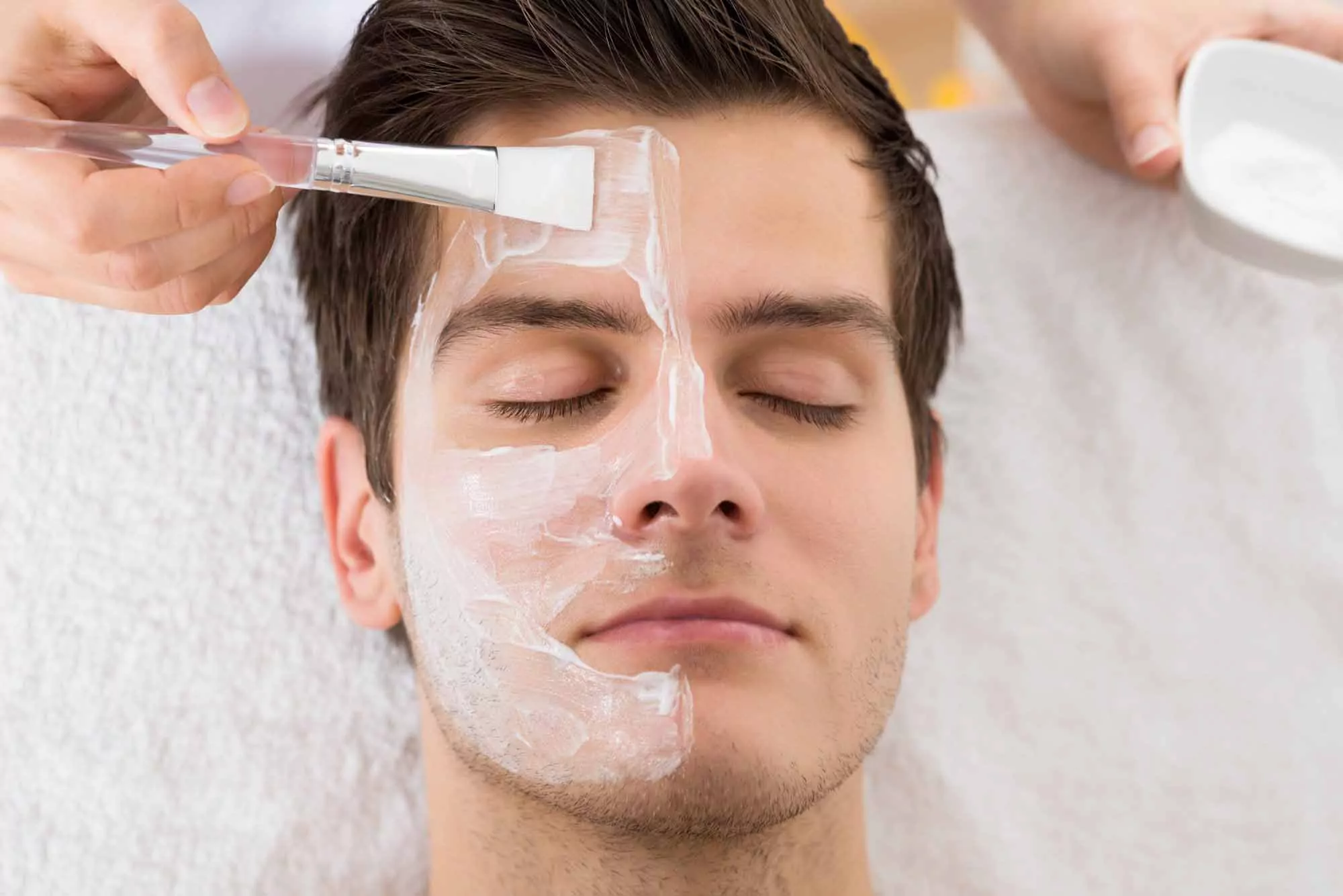
You’ve only got one body, so it’s important to take care of it.
A lot goes into self-care, and there are various things you need to think about. One part of our bodies that many people neglect is the skin, but if you don’t look after yours, it will really start to show.
The most important thing to understand is that everyone is different. Looking at a skin type chart will help you determine what skin type you have, and from this, you can work on building an effective skincare routine.
Let’s take a look at the different skin types so you can figure out what you should be doing to care for yourself.
Oily Skin
Oily skin is fairly common and tends to produce more sebum than it should. This gives the skin a shiny appearance and makes it feel somewhat greasy. This is typically most significant in the T-Zone (forehead, nose, and chin).
One benefit of oily skin is that it tends to wrinkle at a slower rate than other skin types. On the downside, however, it’s typically prone to issues such as larger pores, blackheads, whiteheads, and acne blemishes.
People with oily skin often think it doesn’t need to be moisturized, but this isn’t necessarily true. In many cases, it should be moisturized just as much.
It’s important to choose the right skincare products for oily skin. You want to use ones that will nourish and hydrate the skin without clogging pores or triggering breakouts.
Dry Skin
Dry skin is at the other end of the scale, as it doesn’t produce enough natural oils. This can make the skin rough, flakey, and dull in appearance. You might notice you have dry skin if it feels tight or less elastic, and it can seem somewhat dehydrated.
In bad cases, it can become itchy or irritated. It also tends to show more visible fine lines. This requires different skincare for oily skin.
You want to use products that contain gentle, soothing, and hydrating ingredients. This will help your skin maintain an appropriate natural moisture barrier.
People with dry skin often make the mistake of taking long, hot showers, but this can make things worse, and cold water tends to be better. Moisturizing too much can also be detrimental as it may encourage your skin to produce less natural oils. Try to only use products that are alcohol-free, fragrance-free, and non-comedogenic.
Normal Skin
This is typically considered the ideal skin type to have. Normal skin is in the middle of oily and dry skin, making it well-balanced.
Normal skin generally doesn’t suffer from breakouts or flakiness, and is neither too tight nor too greasy. Those with normal skin have small pores and the skin is very smooth. It’s rarely sensitive and isn’t prone to blemishes.
While all this is great, having normal skin doesn’t mean you can completely neglect skincare. You still need to take care of it if you want to keep it looking good.
You should develop a skincare routine that helps maintain your skin’s healthy state. This involves keeping it suitably moisturized as this will help it maintain a protective barrier.
Combination Skin
Combination skin is typically the most complicated to deal with. This is because it can be made up of all three types above.
If you have combination skin, you can have some spots that are oily, some that are dry, and some that are normal. In most cases, the T-zone is quite oily, and the cheeks tend to be dry or normal, though this can vary.
Various factors can affect someone with combination skin. Things like stress, hormone fluctuation, and even the season can have an impact. A complex routine is needed to keep the skin healthy as different areas will need different care.
Sensitive Skin
Sensitive skin is often referred to as its own skin type, but any of the types above can be sensitive. If you have sensitive skin, it will often be red and can feel like it’s itching, burning, or dry. This can happen regardless of which of the above types you have.
Sensitive skin is more prone to being triggered by external irritants. As such, you need to be careful with things like fragrances and dyes. Environmental factors can also impact you more than other people.
If you have sensitive skin, you’ll want to try to determine what triggers it. This will help you avoid products that contain ingredients that will affect your skin. Altering your environment can also help.
Identifying Your Skin Type From a Skin Type Chart
A quick look at a skin chart may be enough to help you determine your skin type. If you have any doubts, there are a couple of methods you can try.
The “Watch and Wait” Method
For this method, you should wash your face with a gentle cleanser and then pat it dry. After 30 minutes, your skin may be shiny if you have oily skin, or tight and flaky/scaly if you have dry skin. You may have combination skin if it’s only shiny in your T-Zone.
With any luck, your skin will feel comfortable and hydrated, but not oily. In this case, you have normal skin.
The Blotting Sheet Method
Blotting sheets absorb oil when pressed against the skin. Follow the same steps above to wash and dry your face, then use blotting sheets on various areas of your face after 30 minutes. Hold the sheets up to the light so you can see the oil marks.
If they’ve soaked up a lot of oil, you have oily skin. Conversely, if they’ve soaked up little/no oil, you have dry skin. A small amount of oil indicates normal skin.
You want to do this on different parts of your face as this will help you determine if you have combination skin.
Taking Care of Your Skin
Whatever skin type any skin type chart says you have, you should still make an effort to take care of your skin. Make sure you determine which products work best for you so that you can keep your skin healthy and in good shape.
At Particle, we’re focused on helping improve skincare for men. We have a range of products such as face washes, face creams, and skin vitamin gummies that you can fit into your skincare routine. Take a look at our Products page to see more of what we have available.
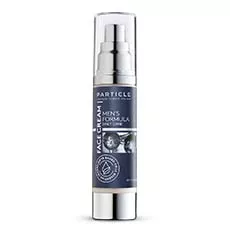
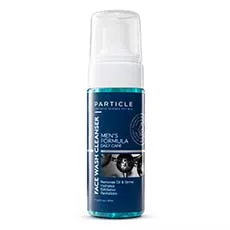
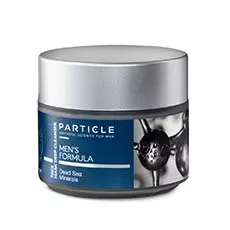
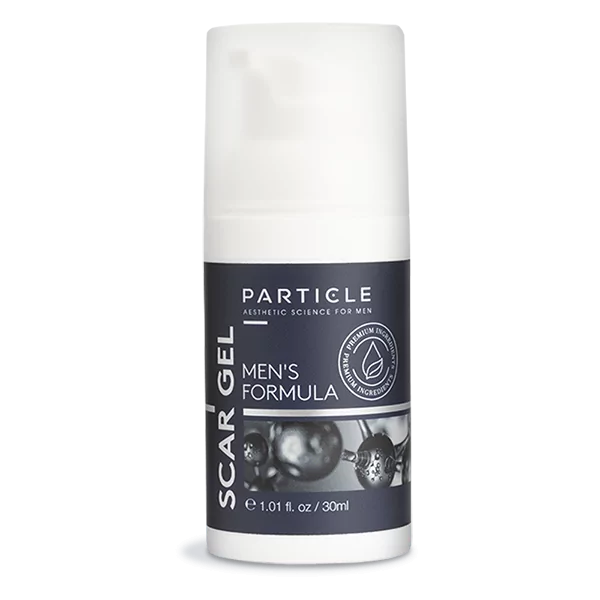
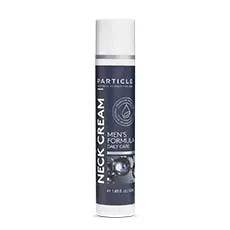
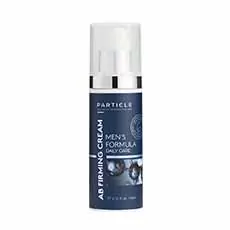

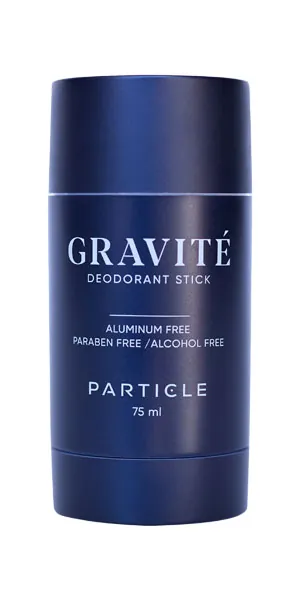
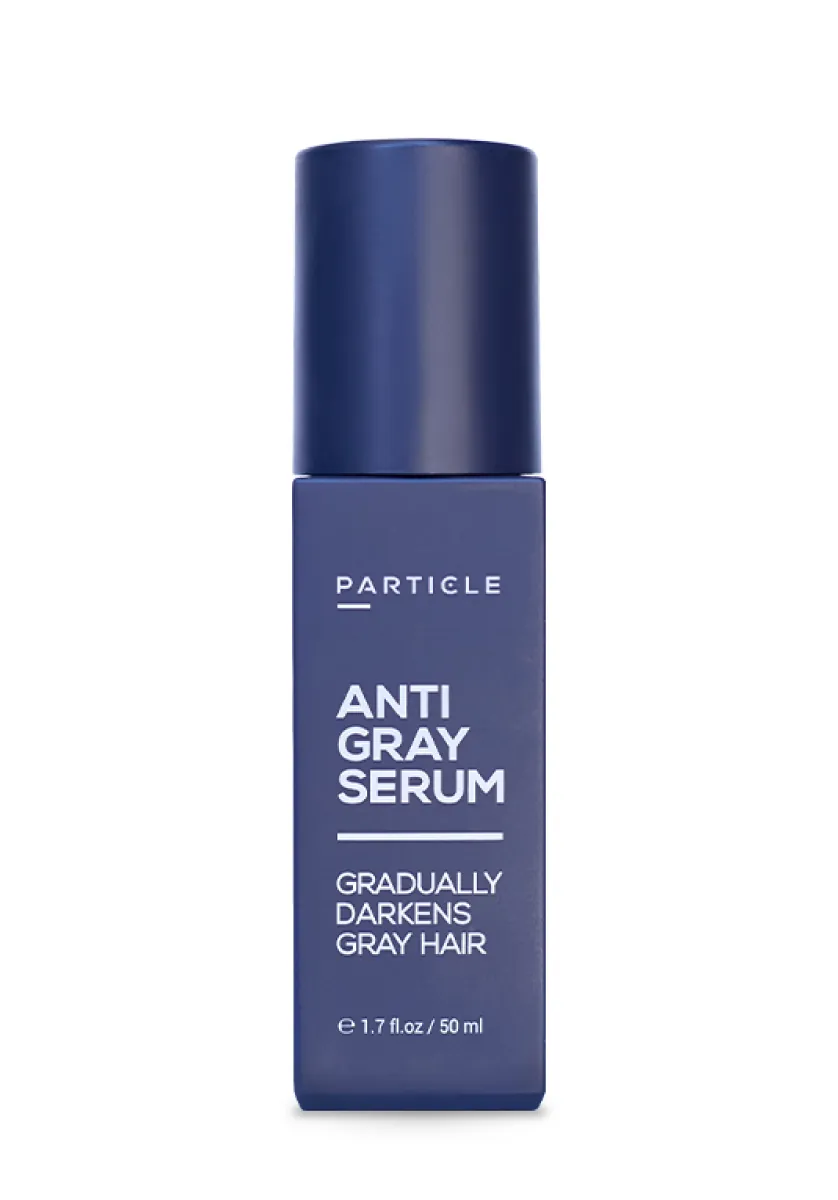

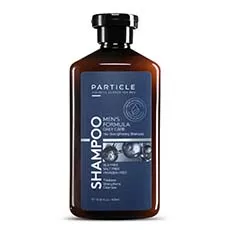
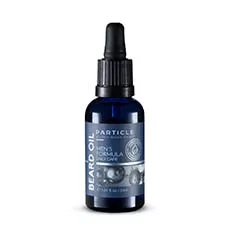


 au
au















